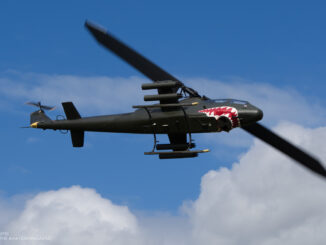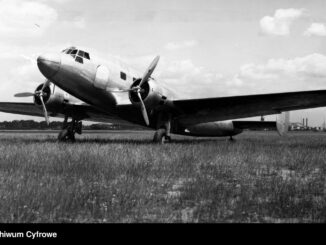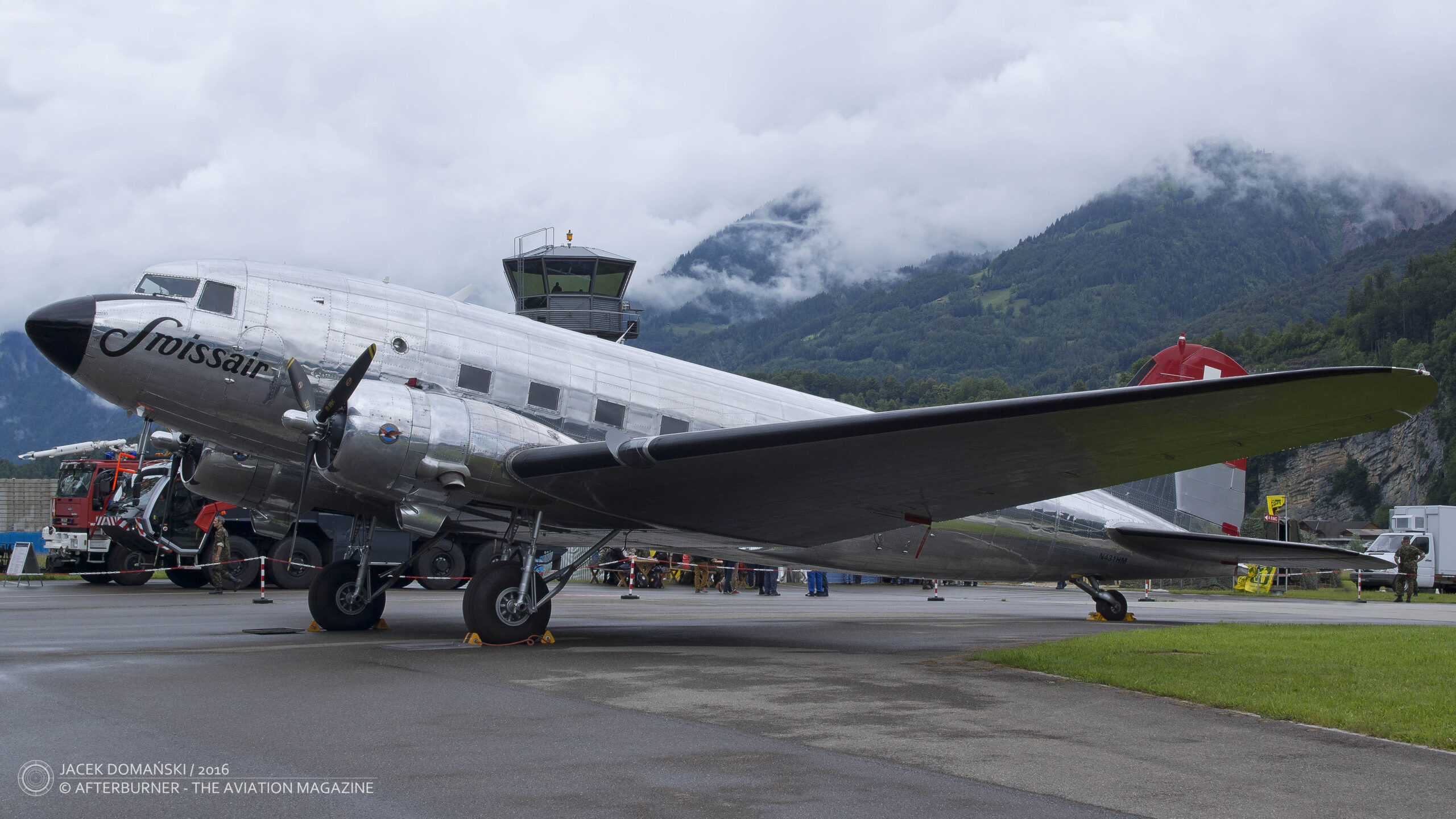 On 26th March 1931, two Swiss airlines – Ad Astra Aero (founded in 1919) and Balair (founded in 1925) – merged to create a new company named Schweizerische Luftverkehr-AG / S.A. Suisse pour la Navigation Aérienne. The new airline was a completely privately owned enterprise, established without any support from the Swiss government.
On 26th March 1931, two Swiss airlines – Ad Astra Aero (founded in 1919) and Balair (founded in 1925) – merged to create a new company named Schweizerische Luftverkehr-AG / S.A. Suisse pour la Navigation Aérienne. The new airline was a completely privately owned enterprise, established without any support from the Swiss government.
Commonly known as Swissair, the company began its operational activity with only ten pilots and service limited to spring-summer period. However, the Swissair quickly became a significant player on European airline market.
This was due largely to the efforts of Balthasar ´Balz´ Zimmermann (a former military pilot and flying instructor, one of the Balair directors), Walter Mittelholzer (a Swiss aviation pioneer, entrepreneur and former military pilot, a director and chief pilot of Ad Astra Aero) and Dr. Alphonse Ehinger (formerly a president of the directorial board of the Balair).
In 1932, the Swissair airline became the second in Europe to use American-made aircraft. One year later the first transalpine route from Zurich to Milan was opened and in 1934, Swissair introduced the first European female flight attendant (Nelly Diener, nicknamed Engel der Lüfte (Angel of the Skies).
Regrettably, the Diener´s career did not last long. On 27th July 1934, a Curtiss AT-32C Condor II of Swissair crashed in Germany, killing all on board: the first female stewardess, two other crew members and nine passengers.
In 1937, Swissair has recorded another significant loss – Mittelholzer died during mountaineering and Zimmermann passed away because of illness.
The years of the World War II were marked by significant reduction of the Swissair flight operations, that were finally ceased in August of 1944. The commercial activity of Swissair was then resumed on 30th July 1945.
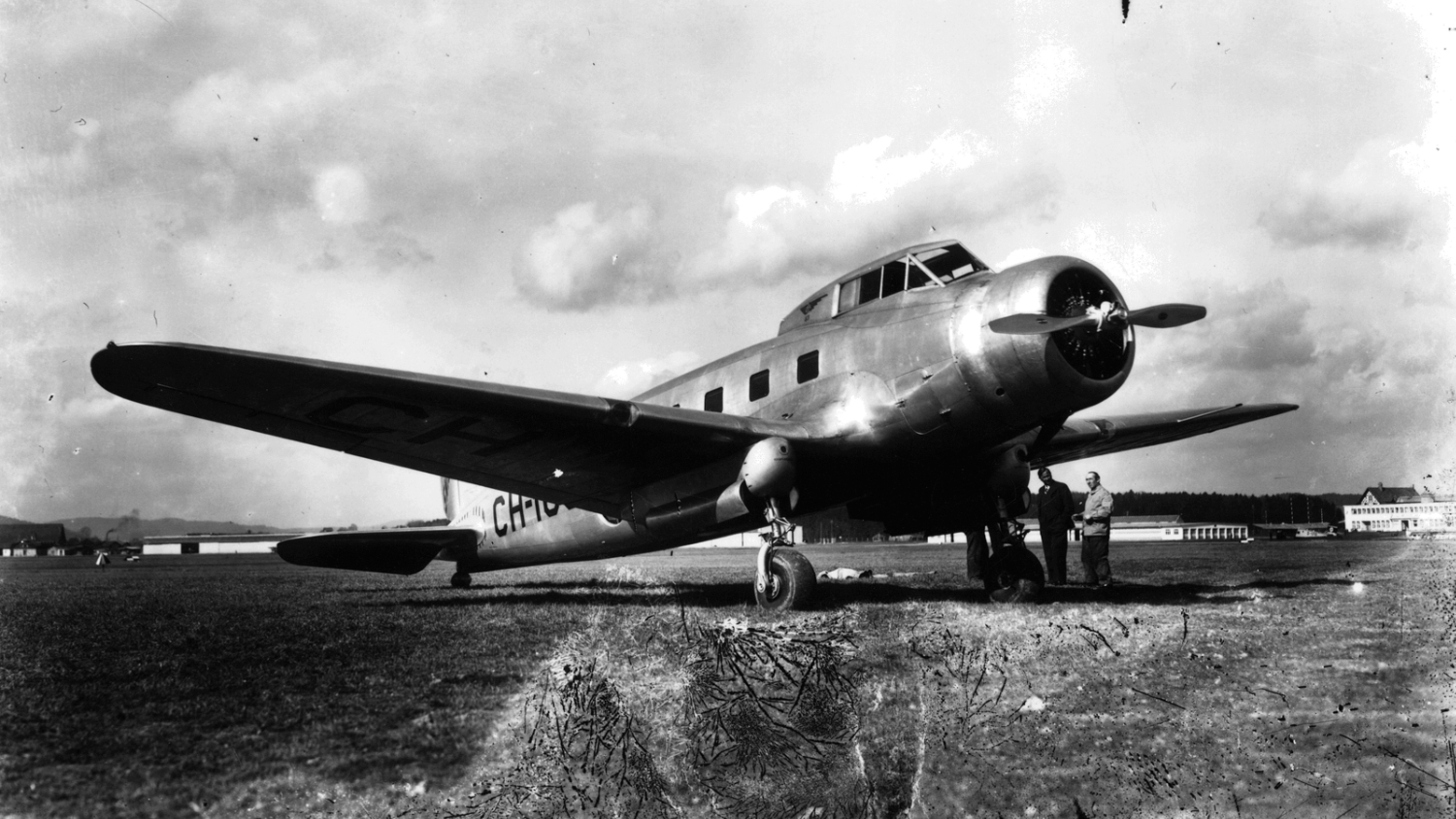
The post-war years meant a period of continual growth for the airline. In 1947, the first long-haul flight to New York opened an era of the Swissair long-distance service. Shortly thereafter, further flights to South Africa and South America were introduced. Four years later, the airline officially became the Swiss national carrier. In 1957, the Far East destinations were added to the Swissair offer, and the first jet airliner – Douglas DC-8, was delivered to the airline in 1960.
This period of prosperity continued until the late 1980s and the company was often nicknamed ´the flying bank´, in relation to its Swiss origin, financial stability and large hidden assets. The company was a significant investor in several commercial aviation sectors as cargo handling, electronic reservation systems, catering and duty-free shopping, aircraft maintenance and luggage handling.
The first ´cold shower´ came at the beginning of the 1990s. When, in December of 1992, the Swiss citizens voted in a national referendum against joining the European Economic Area, it had a serious economic impact on Swissair. The company was forbidden to sell tickets for their flights inside the EEA and, in addition, to pick up passengers during the stopovers in the EEA (e.g. on Zurich-Frankfurt-Paris or Zurich-Frankfurt-New York routes).
Swissair, that operated almost no domestic routes, had severely suffered from this ban. The only solution was to create an alliance with an EEA airline. Such attempt was already done in 1990, by joining the ´European Quality Alliance´ (later known as ´Qualiflyer´) with SAS, Austrian Airlines and Finnair. Regrettably for Swissair, this alliance was not sufficient to cover operational loss, and – for the first time in its history – the company had to dissolve its financial reserves in 1991 and 1992. Another alliance, called ´Alcazar´ was proposed in 1993, together with KLM, SAS and Austrian Airlines, but was not finalized successfully.
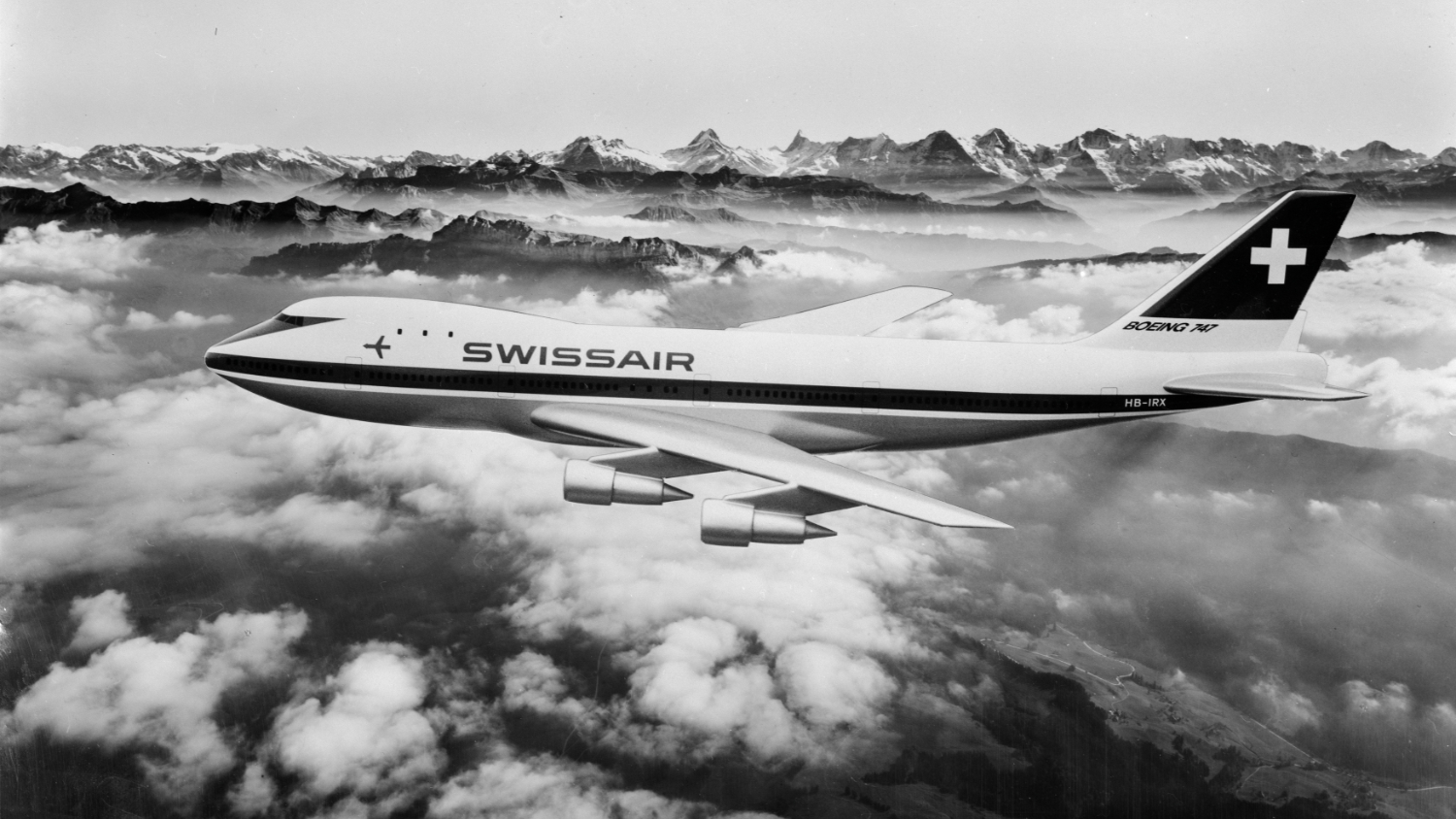
A crushing blow for the airline was struck with implementation of the so-called ´hunter strategy´, proposed by a consulting company and then approved by the board of directors. Instead of trying to join or create an alliance, Swissair focused on acquiring shares from several airlines, including Sabena, LOT, Turkish Airlines, South African Airways, LTU, Air Europe and many others. In the next stage, taking over a significant part of shares in Aer Lingus, Malev, Finnair, Alitalia or TAM was planned.
Unfortunately for the Swiss airline, this strategy failed and quickly led to serious financial problems. Many of the above mentioned airlines were unprofitable, suffered from the economic crisis of the early 1990s or were merely badly run.
In 2000, under public pressure, the group management confirmed that Swissair, Sabena, LTU were each losing one million CHF per day. And this was just a top of the iceberg, as the financial loss of the entire Swissair group was estimated between 1 and 1.50 billion CHF per year.
The airline crisis that came after 9/11 terrorists attacks, was just a straw that broke the camel´s back. On 2nd October 2001, UBS AG bank refused further extension of the line of credit. As a result, the Swissair fleet was grounded, company credit cards blocked and sale of tickets voided.
A quick financial help from the government allowed to resume the flights, but just for a short time. The airline and the entire Swissair group were put into liquidation and on 1st April 2002 some of the company assets, personnel, aircraft and most of the routes were taken over by Crossair (later renamed Swiss International Air Lines). The Swissair officially finished all flying operations, after 71 years of existence.
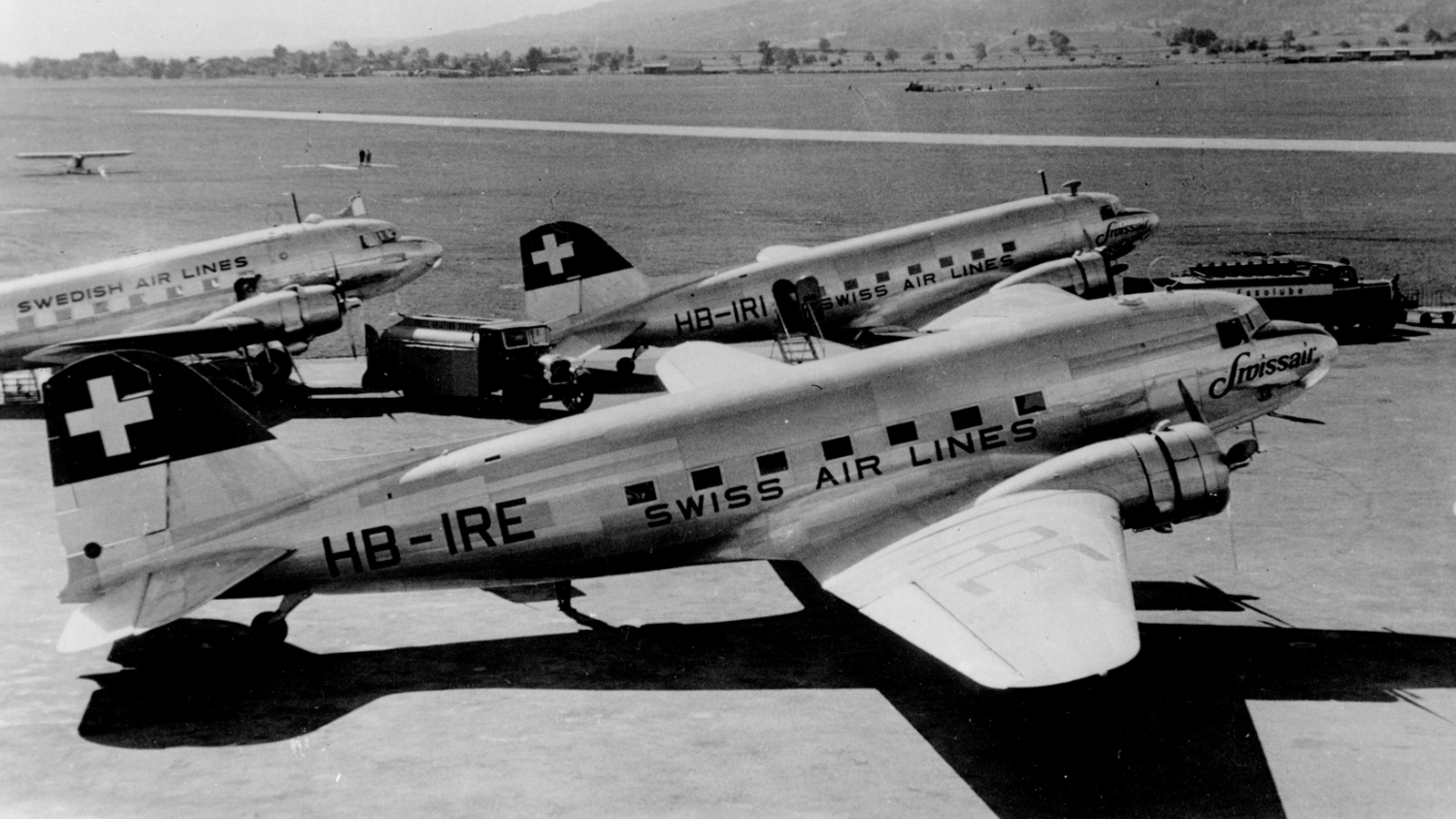
Cover photo: Douglas DC-3, operated by Classic Formation and carrying the Swissair livery from the 1930s. This aircraft is a ex-USAF C47A-45-DL, c/n 42-24133.

